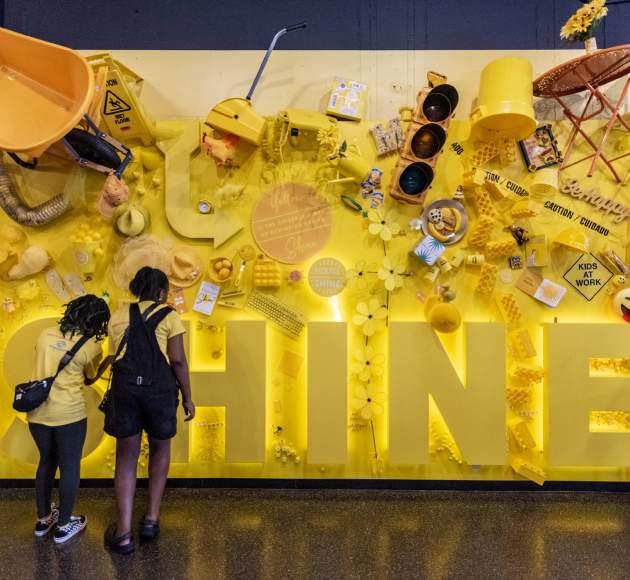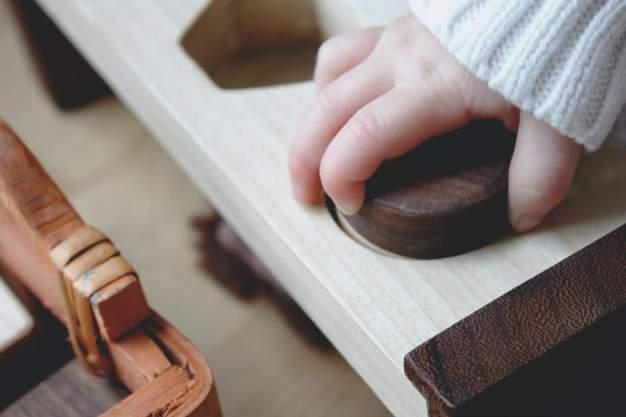
1 minute read
Design for Ecosystem Health
Consider the full life cycle of products and prefer those that mimic or use natural regeneration processes. Which products break down easily and will end their useful lives in the compost bin rather than the landfill? Are there ways that the exhibit can extend outdoors to regenerate natural habitat for local wildlife? Do your corporate sponsors support healthy ecosystems?
Corporate Sustainability Reports and Take-Back Programs
Advertisement
• Look for companies that have Corporate Sustainability Reports (CSRs). The Global
Reporting Initiative (GRI) sets standards for these reports to ensure that they are more than just green-washing. • Extended Producer Responsibility (EPR) programs, better known as “Take-Back” programs means that the company has established a method to reclaim and recycle their products. This goes beyond the dubious claim of “recyclable.” Look for documentation that products are actually being recycled at a high rate. Many commercial carpet and ceiling tile companies have established
EPR programs.
Third Party Certification
• B Corp companies are certified by the B Lab to preserve ecosystems and support local communities. • Benefit Corporations need to show that they put social and environmental values on an equal footing with profits. • Just certification by the
International Living Future
Institute is a voluntary disclosure tool focusing on transparency surrounding equity, diversity and employee welfare. It also looks at animal welfare and examines the company’s supply chains.
Biobased Materials
• Look for products made with a high degree of natural materials that will eventually breakdown naturally and not end up in landfills.
Forest Stewardship Council (FSC) Wood
• Although not perfect, FSC wood remains the best standard for ecosystem friendly wood harvesting. Cost premiums are much less than they used to be and FSC certified wood is more available than ever.
Bird Friendly Windows
• If you have large windows in your exhibit hall, consider methods of minimizing reflection of trees, bushes and sky in your windows to reduce bird strikes.
Netting, insect screens, blinds, wires, vines, paint, stickers or glass frit are all methods that help indicate to birds that there is a physical barrier present. A 2x4-inch grid will keep most birds safe.
Window manufacturers are now making transparent coatings that are nearly invisible to humans, but not to birds.








